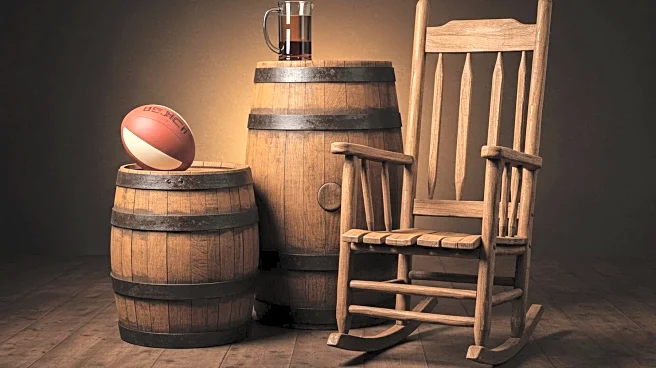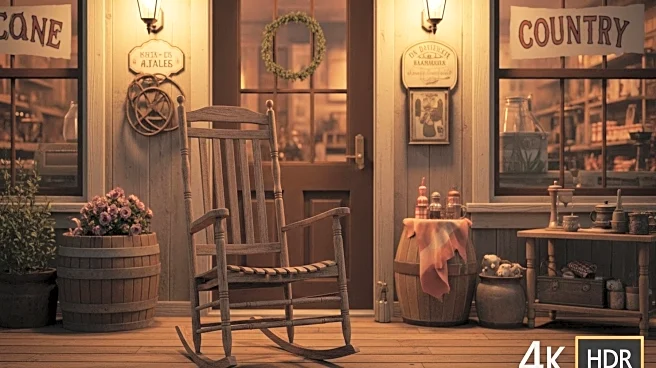What's Happening?
Cracker Barrel has come under fire from customers following its recent rebranding efforts, which included removing the iconic 'Uncle Herschel' mascot from its logo. The restaurant chain, known for its vintage Americana decor, has opted for a more modern look with white paint and fewer decorative items. This change has not been well-received by some of its loyal patrons, who expressed their dissatisfaction on social media. The backlash intensified after Cracker Barrel issued an apology on Instagram and Facebook, which many customers found insincere. The company stated that while its logo and remodels are making headlines, its primary focus remains on the quality of food served. Despite the apology, customers criticized the company for not listening to their feedback and accused it of prioritizing aesthetics over substance.
Why It's Important?
The controversy surrounding Cracker Barrel's rebranding highlights the challenges companies face when attempting to modernize their image while maintaining customer loyalty. The removal of 'Uncle Herschel' and the shift in decor have been perceived by some as a departure from the brand's traditional values, which could alienate its core customer base. This situation underscores the delicate balance businesses must strike between innovation and tradition. The backlash also reflects broader societal debates about cultural symbols and the impact of corporate decisions on brand identity. For Cracker Barrel, the negative response could affect its market position and financial performance, as evidenced by a reported decline in stock value.
What's Next?
Cracker Barrel plans to continue its $700 million transformation across its 660 restaurants, despite the criticism. The company has promised to retain some traditional elements, such as rocking chairs and peg games, in an effort to appease disgruntled customers. However, it remains to be seen whether these measures will be sufficient to restore customer confidence. The company may need to engage more directly with its customer base to address concerns and potentially adjust its strategy to better align with customer expectations. The outcome of this rebranding effort could serve as a case study for other businesses considering similar changes.












